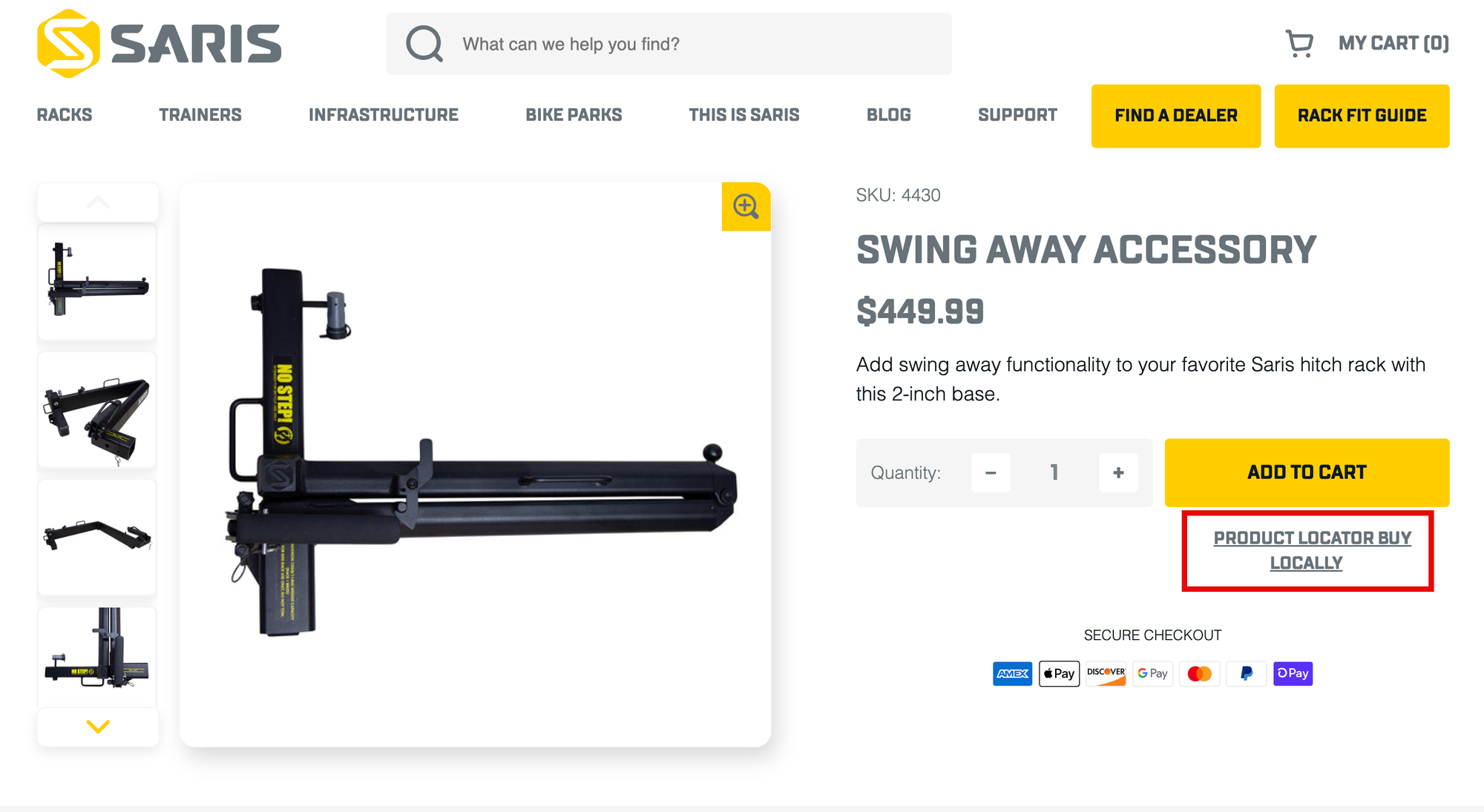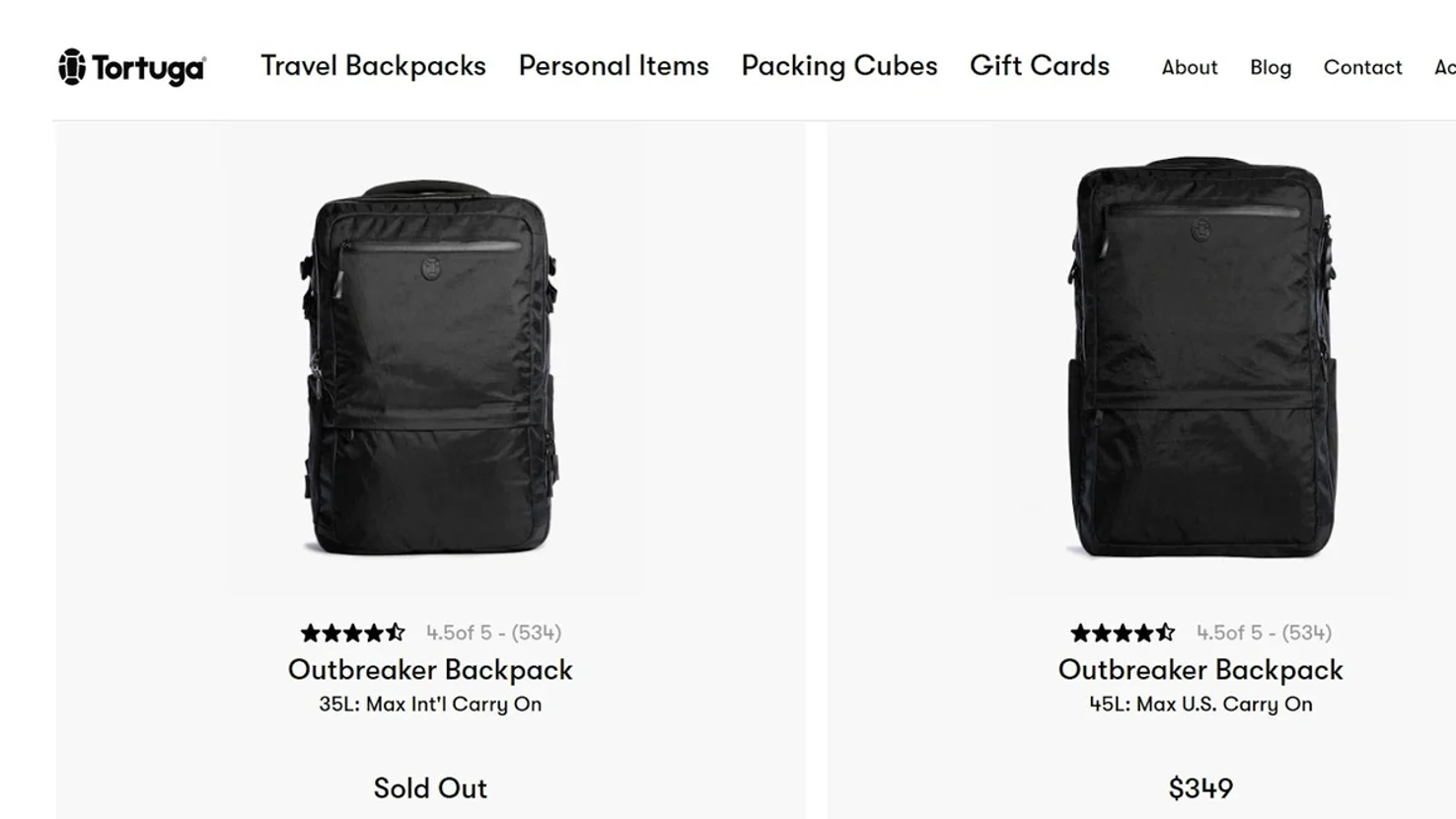
Over the past few years, we’ve guided Direct-to-Consumer clients to generate $80 million in growth. By crafting innovative e-commerce growth strategies and resolving channel conflicts with a custom approach, we’ve helped brands connect directly with customers, strengthening their digital presence in an increasingly competitive landscape.
In this guide, we’ll share our insights on how we’ve managed channel conflict and developed effective strategies that continue driving results for our clients.
The Benefits of a DTC Strategy
Opening a Direct-to-Consumer channel might seem like an obvious choice, but there are often overlooked benefits that can significantly impact your brand’s growth and profitability:
- Increased Revenue: Adds new revenue streams, enabling innovative direct-to-consumer marketing and sales.
- First-Party Data Acquisition: Gathering first-party data sharpens your understanding of customer preferences and behaviors. This insight is pivotal for effectively targeting your ideal customers and provides a vital voice of customer feedback for product innovation.
- Building Brand Equity: Companies with strong brands consistently achieve better margins by protecting against competition and preventing commoditization, ensuring long-term profitability.
Navigating the Risks of DTC Expansion
While expanding into Direct-to-Consumer (DTC) sales is an attractive strategy for brands looking to increase engagement and control over their marketing and sales, it comes with the potential risk of channel conflict. This conflict often arises when a brand’s direct sales initiatives inadvertently threaten the interests of their existing resellers and distributors.
Strategies for Resolving DTC Channel Conflict
Successfully managing channel conflict involves strategically positioning your direct-to-consumer efforts in areas your distributors have not yet penetrated. This approach minimizes direct competition and leverages untapped markets to maximize your reach without disrupting existing distributor relationships.
Focus Where They Are Not
Diversifying Marketing Channels
If your distributors are heavily invested in specific advertising channels, such as Google search ads, consider diversifying your efforts to platforms they may neglect, like Facebook or Instagram ads. Partnering with an e-commerce digital marketing agency can help you explore and capture new customer segments effectively, ensuring your marketing efforts are comprehensive and well-coordinated.

Geographic Considerations
Concentrate your marketing efforts on geographic areas where your distributors are absent. Implementing exclusions in your marketing campaigns to avoid regions with significant distributor presence can effectively reduce potential conflicts. This strategy protects their local distribution footprint and ensures your initiatives complement rather than compete with their efforts.
Maintaining Fair Pricing
Fair pricing is pivotal in managing channel conflict effectively. By setting and adhering to clear pricing policies, brands can ensure consistency and fairness across all sales channels, which is essential for maintaining healthy distributor relationships and market stability.

Implementing MAP Pricing
Minimum Advertised Price (MAP) policies play a crucial role in stabilizing the market and ensuring fair competition. These agreements specify the lowest price at which a product can be advertised, not necessarily sold, helping to maintain a standard price level across various sales channels. It’s important to have formal agreements with your partners that enforce these policies to prevent any party from undercutting the market, thereby protecting the brand’s value and distributor margins.
Commitment to Non-Competitive Pricing
As a brand, committing to not sell your products for cheaper than your distributors is fundamental. This commitment reassures your partners that they will not be undercut by direct sales, fostering a cooperative relationship and ensuring mutual profitability.
Unique Offers: Adding Value Beyond Discounts
Creating compelling offers without lowering prices is key to differentiating your brand in direct-to-consumer channels. Here are ways to add value while maintaining price integrity.
Product Giveaways and BOGO
Innovate with promotions like product giveaways or buy-one-get-one deals. These offers maintain your set prices but increase perceived value, attracting consumers without a direct price cut.
Gifts: Apple’s Strategy
Apple excels in this area by bundling value-added services or products, such as a free subscription to Apple TV with a new device purchase. This approach maintains the product’s price while offering additional incentives.

Supporting Local Purchases
To balance direct online sales with supporting local retailers, consider adding features that facilitate both options. For instance, Saris faced a challenge in maintaining strong relationships with both large retailers and local bike shops without compromising their direct sales. With our guidance, we helped Saris develop and implement a custom ecommerce website development solution featuring a Shopify module that introduces a ‘Find Local Dealer’ button right next to the ‘Buy Now’ option.

This solution allows customers to easily purchase products from nearby stores, boosting brand awareness, supporting distributors, and strengthening direct revenue streams when consumers choose to buy online. By giving consumers the power to decide, it creates a win-win situation for all parties involved.
Product Innovation and Channel-Specific Offerings

For example, a client that we worked with, Tortuga Backpacks, managed this conflict by only selling their new and high-ticket priced items on their direct-to-consumer website. They reserved other channels such as Amazon to clear through older and discontinued inventory. This strategy effectively segments their product lines to target different customer demographics, minimizing channel conflict and maximizing product lifecycle revenue.
Engaging with Distributors Transparently
Effective communication with your distributors is crucial as you expand into Direct-to-Consumer (DTC) sales. Being proactive and transparent helps manage potential channel conflicts and reassures your partners about the mutual benefits of your DTC initiatives.
Proactive Communication
Address DTC strategies upfront, rather than reactively, to prevent misunderstandings. Your partners are likely to notice your DTC efforts; informing them early allows you to frame these initiatives as beneficial rather than threatening. Regular updates, such as quarterly newsletters, can be instrumental in keeping distributors informed about how DTC strategies are being implemented to enhance the brand’s market presence while respecting existing channels.
Sharing Strategic Benefits
Clearly communicate the portion of your budget allocated to brand awareness and other marketing efforts that support all sales channels. Explain how these investments benefit the entire network by increasing overall brand visibility and driving sales across all platforms, including theirs.
Start Small: Gradual Expansion into DTC
When expanding into direct-to-consumer sales, it’s prudent to start small, viewing it as a minor percentage of total revenue—say, around 5-10%. This approach allows businesses to test the waters without risking the stability of their established channels.
Proceed with Caution
By gradually increasing your DTC presence, you allow your business to adapt and learn from this new channel without significant risk. This strategy supports building a sustainable and profitable business model that leverages multiple channels effectively, ensuring long-term success and stability.
Building a Sustainable Model
Jumping too heavily into DTC can have unintended negative impacts on your overall sales strategy. An established business typically relies on a diversified channel mix to drive revenue. Over-indexing on DTC too quickly might disrupt this balance, potentially jeopardizing existing relationships and sales channels.
How We Can Help
We hope the tactics we’ve shared from our experience offer you confidence and insights into expanding your DTC efforts while preserving strong distributor relationships. In summary:
- Strategic Positioning: Focus your DTC efforts in areas where your distributors aren’t present.
- Channel Diversification: Utilize different marketing platforms to reach untapped customer segments.
- Geographic Targeting: Concentrate marketing where distributors have less presence to complement their efforts.
- Fair Pricing: Maintain pricing policies that foster consistency and stability across channels.
- Channel-Specific Products: Tailor unique SKUs to differentiate your direct channels.
Every situation is unique, so reach out for a no-strings-attached conversation to see how we can help.
